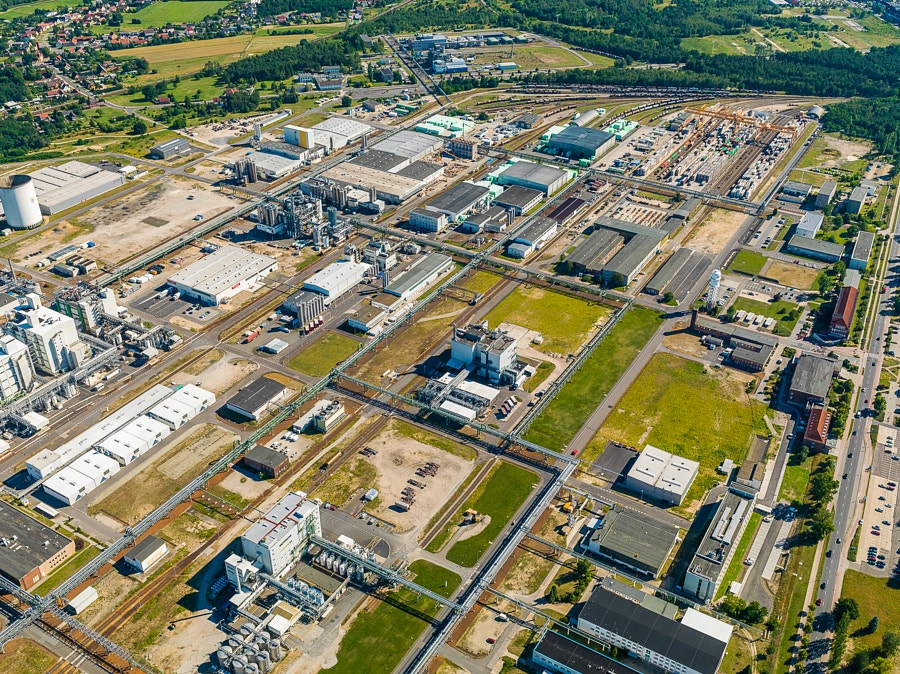Stuart NathanFeatures editor
The UK's newest automotive manufacturer faces an uphill - but not insurmountable - task, according to Stuart Nathan.

The news that chemicals manufacturer Ineos plans to launch an automotive arm to make a successor to Land Rover's iconic Defender model is welcome, but somewhat perplexing. It's not a situation that we at The Engineer can recall happening before, and with solid details of the company's plans in short supply, there's a lot of speculation.
Ineos is itself an atypical company. A fairly recent addition to the business scene, it was formed by acquisition, originally through a buyout of BP Chemicals’ commodity chemicals businesses in 1995. In the following years, the company bought out other commodity businesses from chemicals giants including ICI, BASF, Norsk Hydro and Solvay, which in most cases were sold by their parent companies so they could concentrate on businesses with higher profit margins. It is in the top 10 global chemicals manufacturers in terms of its sales, but unlike its fellow majors is a privately held company, with its chairman and founder Jim Ratcliffe owning 60 per cent of its shares.
Ratcliffe dominates the company, and it's his enthusiasm for the Defender that is behind the move into automotive. When Jaguar Land Rover decided to stop producing the venerable workhorse 4x4, Radcliffe is reported to have tried to buy the IP from the company, but JLR refused to sell; hence the decision to set up a development and manufacturing project.
It is, of course, well outside the purview of The Engineer to offer business advice, and as we have stated before we are not economists. However, we must point out that this is no small thing that Ratcliffe is proposing. While new automotive companies specialising in niche vehicles have been set up in recent years, they have generally been small volume producers, while Ratcliffe's proposal seems set to work in a higher-volume bracket. And although Ineos is an established name in the manufacturing sector, it's hard to imagine two parts of the sector more different than chemicals and automotive.

Automotive is one of the archetypal parts of the discrete manufacturing industry; it makes individual items – namely, cars – from components in a series of individual steps. To put it crudely, it makes things. Chemicals, by contrast, makes stuff; quantities of undifferentiated material, whether solid pellets of polymers, tanks of liquid or gas. Its facilities are plants, not factories and its suppliers other stuff-makers or primary extractive industries rather than smaller manufacturers. The supply chain networks for the automotive sector are complex and can take many years to establish; if Ineos plans to have its new product on the market by the end of the decade, it doesn't have much time to get its supplier network into place.
The mix of skills needed to build cars is also very different from that needed for a chemicals manufacturer. While both industries need a variety of engineers working together, process engineering and the types of control engineering needed to run a chemical plant have little common ground with more traditional production engineering, and again the company faces building up from scratch.
What Ineos does have in its favour is money. It will cost some hundreds of millions of pounds to set up a new large-scale automotive manufacturer, but in interviews Ineos board member Tom Crotty has indicated that the company is well aware of this and prepared to spend.
Of course, news of a new large-scale manufacturer is welcome. The company has not yet announced where its manufacturing base will be, but as Jim Ratcliffe was one of the few UK industry leaders to publicly support leaving the European Union, we can probably say it's more likely than not that he will want to set up manufacturing in the UK, and indeed we have already seen speculation of plans for a factory in the north-east (which would make sense, with the existing automotive supply chain in the region).
It is perhaps slightly disappointing that the product plan is for a somewhat old-fashioned vehicle. The point of the Defender is its lack of frills; it is a solid robust brick of a car, designed to be hardworking and resilient. An article in the newspaper City AM said on Monday that the vehicle was likely to have a diesel powertrain bought in from another supplier to ensure that it would be able to work in the harsh conditions of sub-Saharan Africa, where access to well-equipped mechanics would be unlikely. So R&D and new technology are unlikely to be high on Ineos Automotive's priorities; another contrast with the rest of the automotive sector which is very much concerned with leightweight materials, low carbon and electric powertrains and the move towards autonomous operation.
It's going to be a challenging period for Ineos. And with Land Rover planning to unveilI its own successor to the Defender in the near future, Ineos is going to face stiff competition. But Ratcliffe is certainly correct that JLR left a gap in the market when it stopped producing the Defender, and The Engineer will view with interest his progress on entering this new market.




Glasgow trial explores AR cues for autonomous road safety
They've ploughed into a few vulnerable road users in the past. Making that less likely will make it spectacularly easy to stop the traffic for...